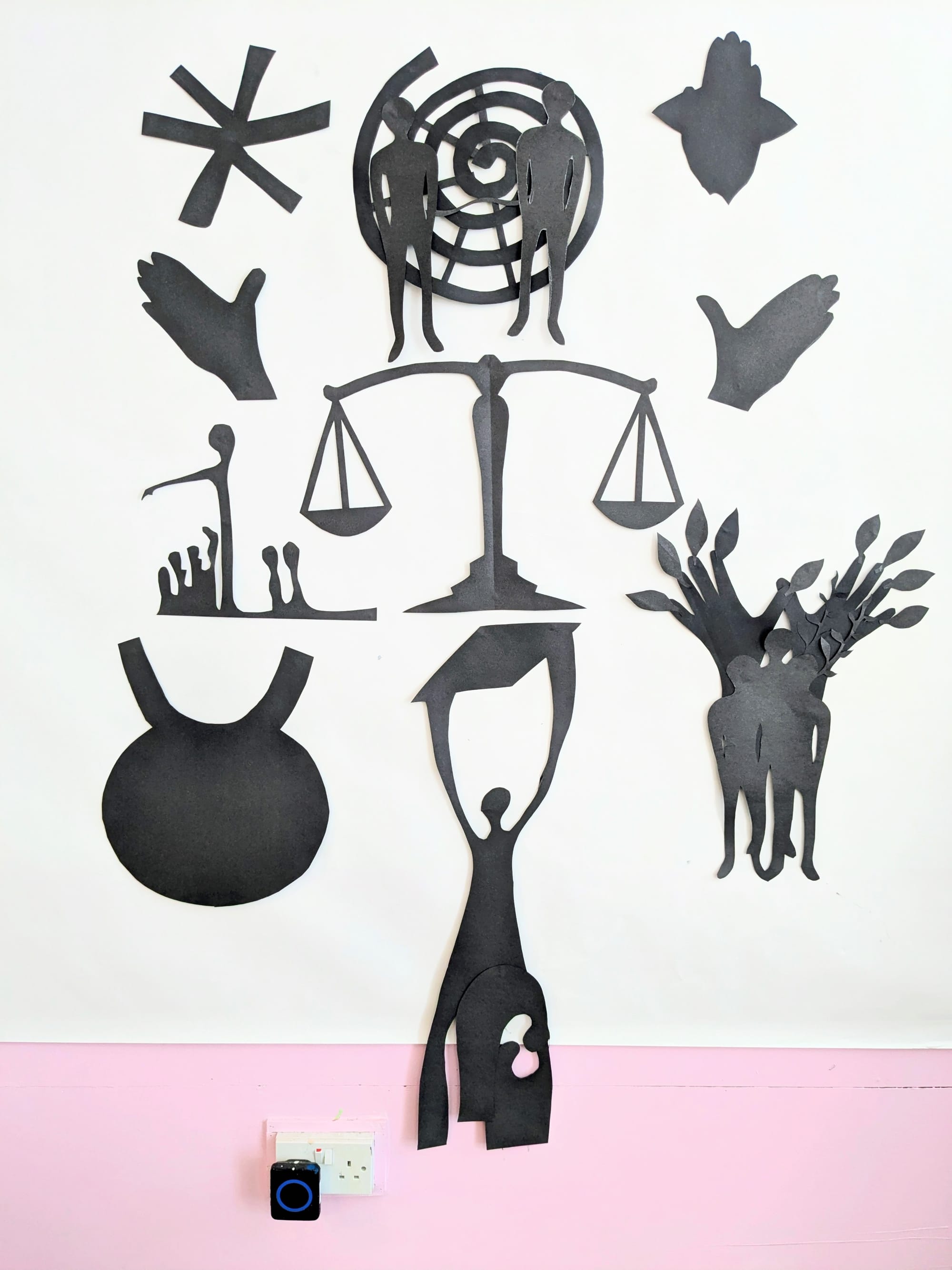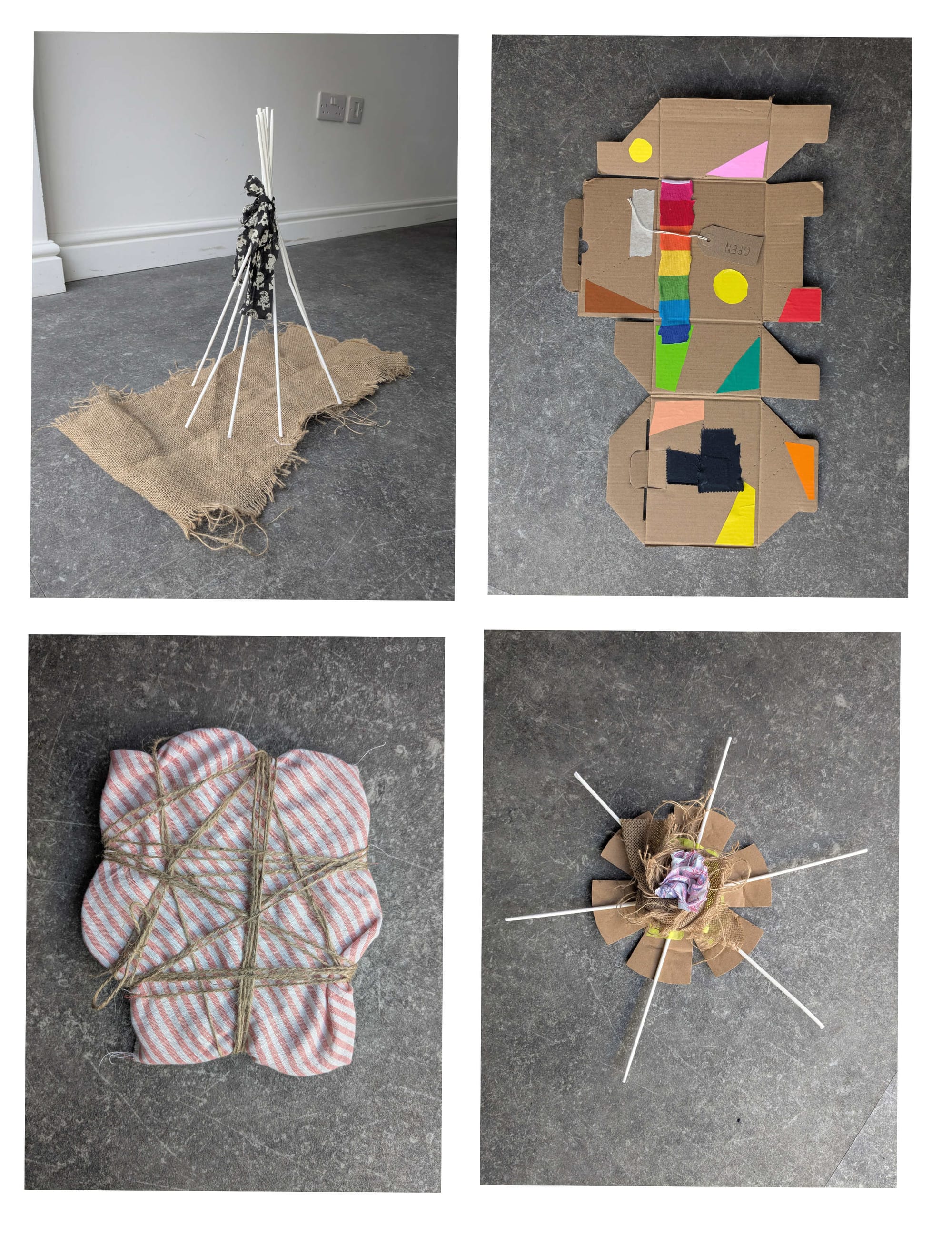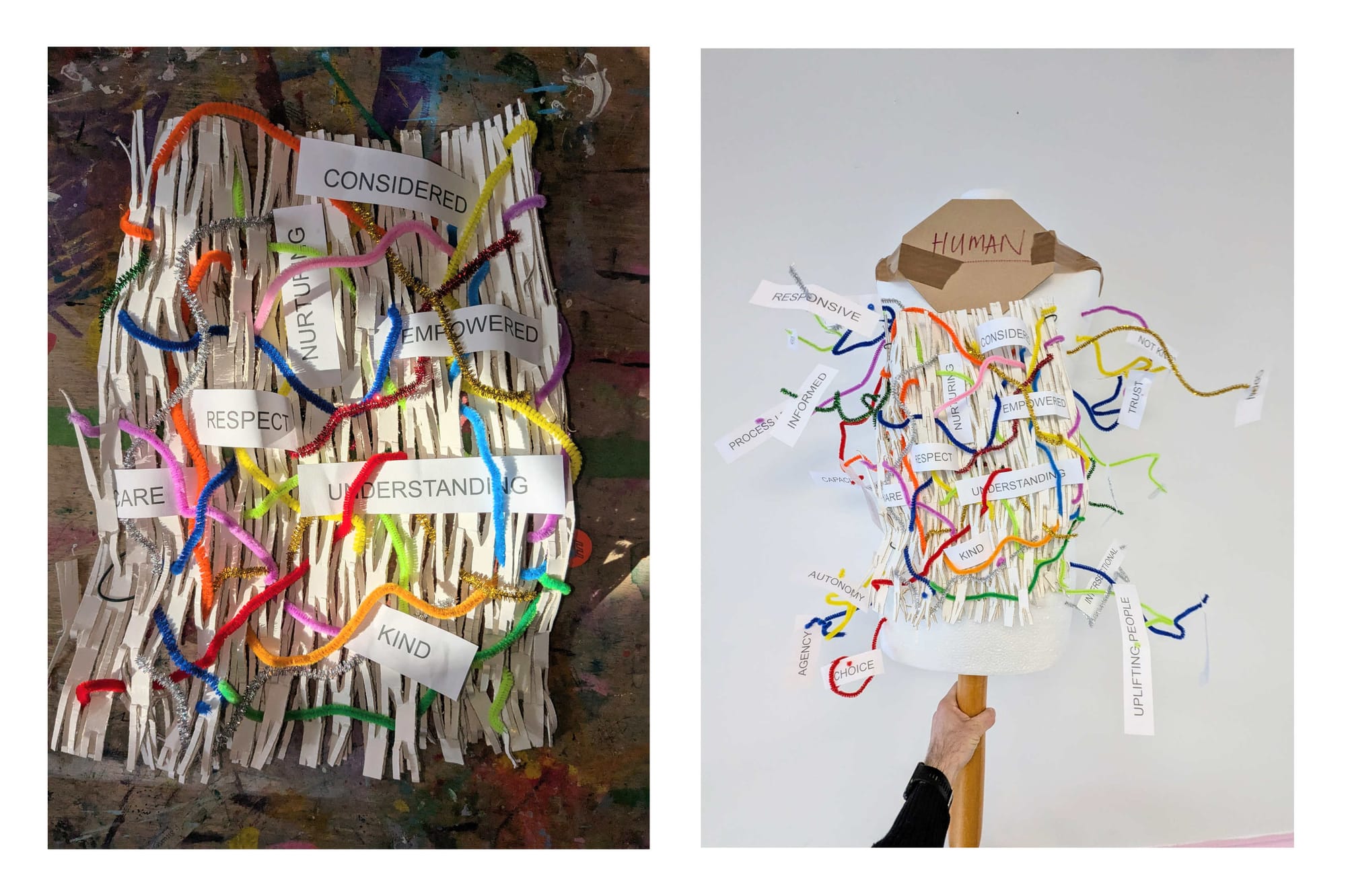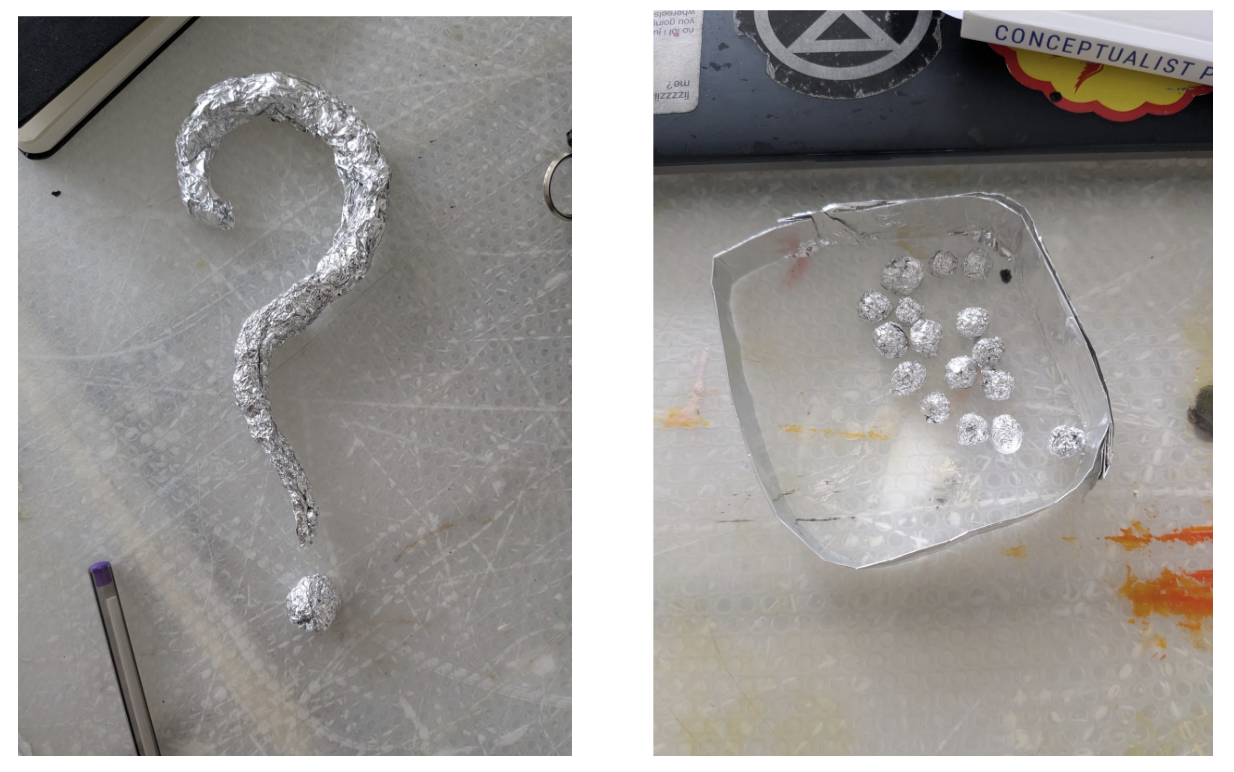Arts based organisational development
Context
In many organisations - particularly those rooted in social change, community development or the voluntary sector - conventional methods of development, leadership training and strategy tend to reinforce top down hierarchies, privileging certain modes of knowing (analytical, verbal, executive) and undervaluing others. I believe there is an opportunity to transform not just what organisations do, but how they think, relate, imagine and act together.
Drawing on both critical and creative pedagogies, my work is an experiment in shifting those habitual patterns: inviting groups to move beyond fixed metrics, rote repetition and the “banking model” of learning (where knowledge is deposited into passive recipients), towards generative, embodied, sensory, socially relational ways of operating.
Theory & Influences
- Critical Pedagogy: Paulo Freire’s ideas highlight the need for dialogue, praxis (action-reflection-action), and the possibility of unlearning and relearning. This frames my work, not as delivering content, but as cultivating shared meaning and consciousness, especially around power, equity, value, and voices.
- Neuroaesthetics & Arts Learning: Drawing particularly from Carol Wild, whose work underlines the role of aesthetics — sensory-motor, emotional, and meaning-making circuits — in disrupting habitual thinking. Engaging with art helps us resist dominant narratives of “efficient / outcome-only” learning.
- Relationality: emphasising that meaningful change emerges from the quality of relationships and connections within an organisation, an ongoing process of making and remaking connections.
- Contemporary art: a unique catalyst for creativity, reflection, and transformation, contemporary artists bring critical and experimental approaches, enabling teams to connect more deeply with questions of identity, culture, and social engagement, and generating long-term value by building resilient, dynamic organisational cultures rooted in creativity and dialogue.
What I Do / Methods in Practice
Here are some of the approaches I use, and how they work in practice:
| Stage / Modality | What Happens | Why It Matters |
|---|---|---|
| Sound / Somatic Grounding | Starting with short exercises to help people tune into what their bodies and senses are carrying, what they bring into the room, beyond just thought. This might be sound, movement, visualization. | Helps calm analytical overload; makes space for deeper presence and for voices / feelings that are often sidelined, is trauma informed |
| Forum Theatre / Embodied Action | Using techniques such as simple performative scenarios: “what is the world now” vs “how we want it to be.” The idea isn’t theatrical, but acting (or ‘act-ing’) as a way of manifesting ideas, memories, tensions, conflict in real form. | Makes visible what is often unspoken; opens up new connections, empathy, understanding; helps people explore change in relational ways. |
| Translating to Language / Visual & Material Concepts | Capturing key themes, words; then shaping these into visual / material representations (sculpture, performance, visuals) and then translating into prose statements (e.g. organisational values). | Bridges the gap between feeling / sensing and shared, actionable identity; helps embed the new values in ways people can see, speak, live. |
| Reflection & Praxis | A cyclical process: action → reflection → more action. Sessions are structured to allow group reflection on what has emerged, how things feel, what shifts are needed. | Ensures change is not superficial or one-off; helps organisations continuously adapt; supports deeper learning and internal transformation. |
More detailed account can be found in this blog post: MYCO Creative
What Makes This Different / Why It Matters
- It treats means as important as ends: the way you organise, the way you engage people, the modes of knowing and relating you choose, all shape what is possible.
- It surfaces hidden or ignored experiences and knowledge (sensory, emotional, social) that often get squeezed out by purely rational/managerial models.
- It supports organisations to be more adaptive, more relational, more just - not only aiming for external impact, but transforming internal culture and power dynamics.
- It offers more holistic engagement: involving mind, body, imagination - not only tasks, targets, outputs.
When & For Whom
My approach works well with organisations (especially leadership teams) who are:
- Committed to social justice, equity, inclusion
- Willing to open up processes, allow for discomfort, to experiment
- Looking to shift culture, values, relational dynamics, not just strategy or structure
- Interested in more participatory / collective models of leadership and decision-making
Examples
1: Kara Walker inspired collaborative silhouettes
Aim: To make visible the hidden or unspoken dynamics of power, inequity, behaviours, and relationships that shape collaboration but are not always acknowledged.

2: Personal values assemblages

3: Collective organisational values

